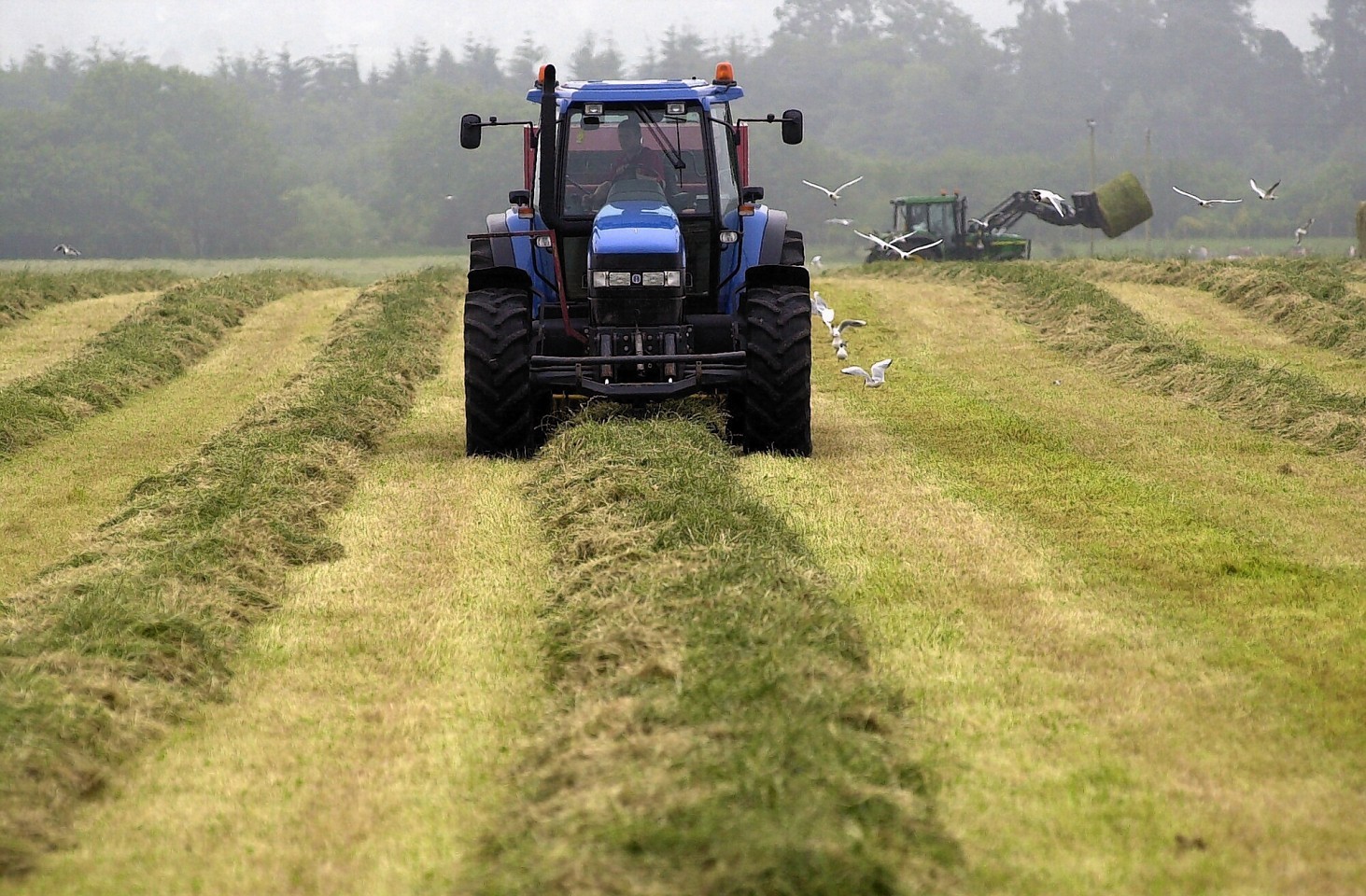Livestock producers are being urged to get their silage analysed to flag up any potential problems with winter feed.
SRUC livestock specialist Basil Lowman said producers must not underestimate the impact that poor quality silage can have on livestock performance over the winter.
“For the vast majority of beef and sheep producers, making silage in the conditions of June and July has been completely different,” said Dr Lowman.
“The cool conditions reduce the grass growth, but not the date when seed heads emerge, resulting in low yields of quite stemmy material.
“For many, conditions then worsened still further, with increased and even excessive rainfall.”
He said the poorer the quality of silage, the less cattle would eat.
“This lower daily silage intake is further reduced by having to feed more barley if animal performance is to be maintained. In some cases, concentrate requirements over a 180-day winter feeding period could be increased two or three-fold compared with when good quality silage is available,” he added.
He said by getting silage analysed now, producers would have time to plan and prepare for any quality problems in the winter.
“The poor summer will also be reflected in poorer animal performance. With lighter, leaner animals coming in at housing time, there could be a double whammy on cereal and concentrate requirements this winter, just when grain prices are beginning to firm,” added Dr Lowman.
He said that by calculating what extra cereals will be needed in the winter, farmers could ensure home-grown crops were harvested specifically for animal feed.
If wet weather persists, farmers should consider harvesting grain moist and crimping it, or even treating it with urea, said Dr Lowman. “Alternatively deals can be struck with arable neighbours to benefit both,” he added.
“For example, combining headlands early as moist grain for stock feed can be a major benefit to growers, resulting in a more uniform sample from the rest of the field and significantly reducing drying costs.”
He said the optimal time for carrying out silage analysis was six weeks after it had been ensiled to ensure the fermentation process was complete.
